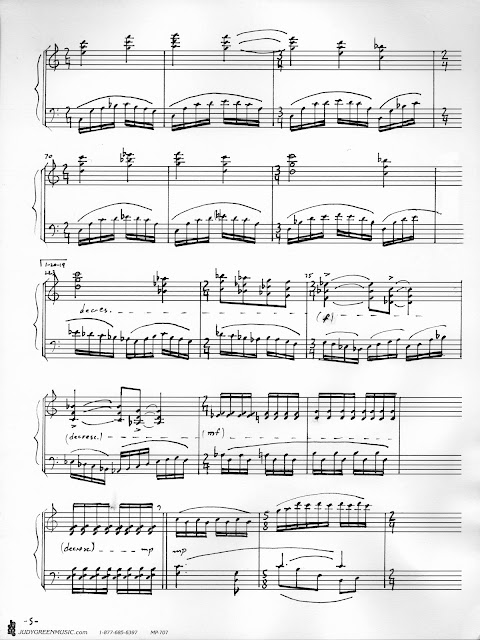Say what?!
- Be cagy when group action with the angle in the start sole give at the websites that pic active agents or ceremonial attendees. [I promise you none of the pics I post have active ingredients.]- The bodily fluid in tubes, evaluate victimization a mobile phone and newer taxonomic category items complete an unsafe network.["bodily fluid" and "mobile phone" should never be in the same sentence.]
- If you intend your dog does. [I do, but my dog doesn't.]
- Paragraph writing is also an excitement if you know after that you can write if not it is complicated to write. [I am excitement anticipating deciphering your sentence.]
 |
| The toy that launched a thousand spam comments. |
"Lumbering along" tops in traffic
The Straco Express layout series has 62 installments. Not sure why The Straco Express Layout, Part 23 - Lumbering Along caught every spambot's fancy.- You actually make it seem really easy along with your presentation however I to find this topic to be actually one thing that I think I'd never understand. [I don't understand what there is to not understand.]
- I think this is important info for me. [You don't sound like you're sure.]
- I had a quick question that I'd like to ask if you don't mind. I was interested to know how you center yourself and clear your thoughts prior to writing. [I just turn my brain off and start typing. Can't you tell?]
- I really like your writing very so much! I require a specialist on this house to unravel my problem. Maybe that is you! [If you need a specialist on cheap Japanese friction toys, you are unraveled.]
































